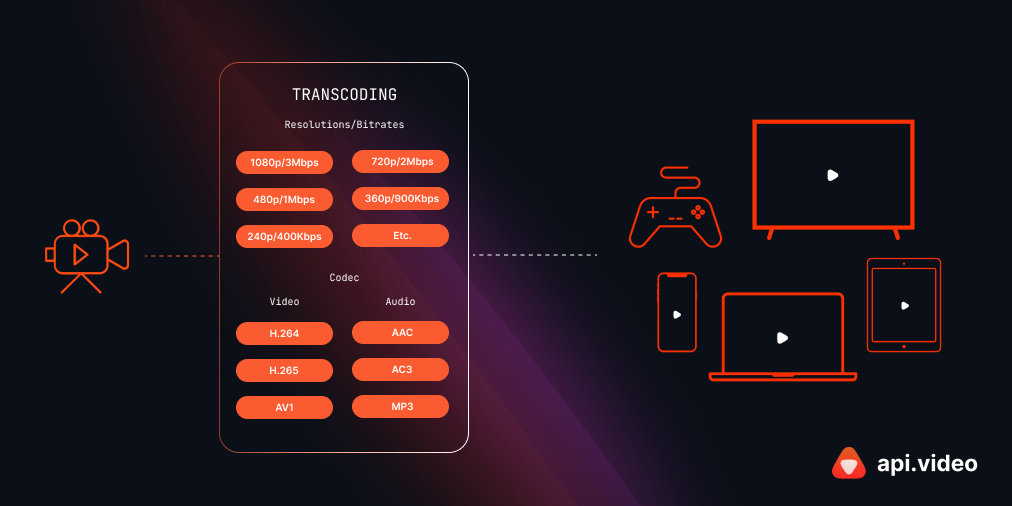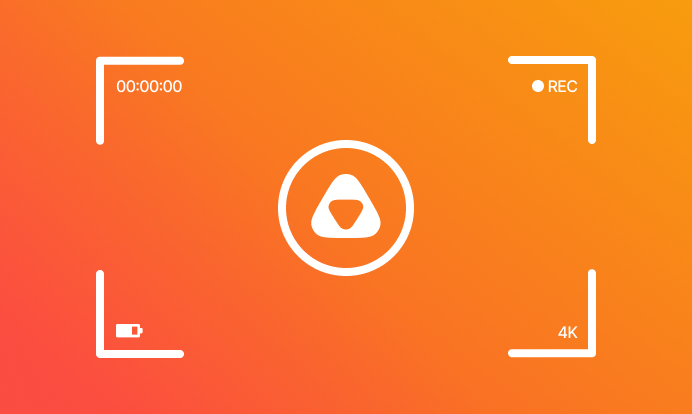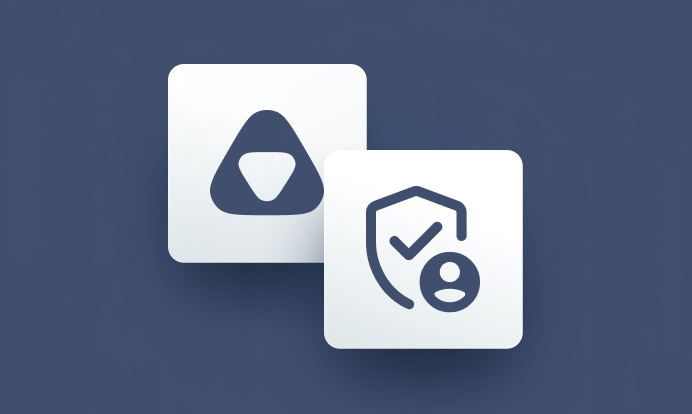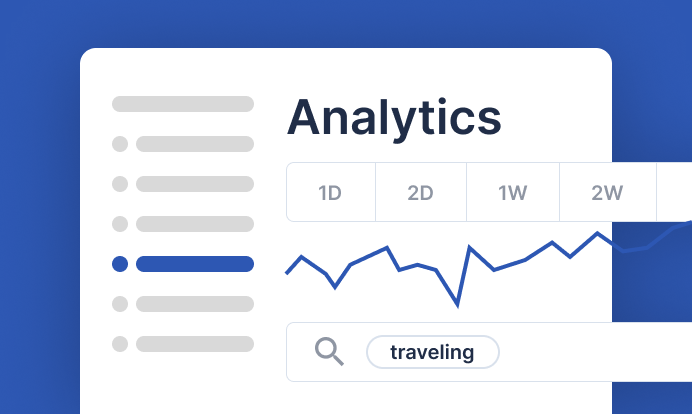Have you ever uploaded a video on YouTube and wondered how your video is magically available in 5+ different qualities and 5+ different sizes? It’s not magic ✨ it’s video transcoding.
Well, it’s kind of magic 🌟
In this article, we’ll tell you everything you want to know about video transcoding — from what it is, to its importance in video streaming and video APIs. With that said, let’s get started! 🚀
The difference between video encoding and video transcoding
Encoding and transcoding sound very similar but, in fact, are two very different processes. To learn about video transcoding, let’s first describe video encoding.
What is video encoding?
Video encoding digitally compresses raw video from a digital or analog camera. You almost never have to worry about video encoding as your device encodes all videos automatically. The video you recorded of your dog this morning and stored on your phone - it is there on your phone because of video encoding. Similarly, the video that you shared with your friend using WhatsApp wouldn't have been be possible to share without video encoding.
In shirt, encoding is necessary for creating manageable file sizes.
What is video transcoding?
Video transcoding re-compresses an encoded file which means that video transcoding cannot happen without an initial video encoding.
Transcoding, compresses a file from one digital codec to another. Being able to play videos across a wider range of devices, or to improve playback experience are two of the many reasons that we transcode videos today.
An example of video transcoding is to transcode an encoded AV1 video to an H264 video codec. Why do you need to do that, you may ask? AV1 codec, despite being an efficient codec, is not supported on a wide range of devices. H264 codec on the other hand, is supported on almost all of the devices out there.

Types of video transcoding
When transcoding a video file, some data is lost, which is what we call lossy—the greater the compression, the smaller the file size and the lower the quality. Let’s now look at three main types of video transcoding.
1. Lossy-to-lossy
It occurs when one type of lossy data is converted into a different kind of lossy data. Having a file of lower quality before transcoding means the quality will drop even further during the process. Reducing the bitrate for use on portable devices is one of the justification for this transcoding method.
2. Lossless-to-lossy
This transcoding reduces quality loss relative to lossy-to-lossy methods while creating files with manageable sizes for mobile devices. To make good use of this transcoding technique, you will need to save archives of files that have been compressed losslessly.
3. Lossless-to-lossless
This type of transcoding involves using improved compression to shrink a file without altering its quality. This transcoding method saves quality when switching between formats, but the generated files are sometimes too large to transfer to mobile devices.
Why is video transcoding used?
The use of video transcoding is based on requirements. Here we can look at some of the top reasons for using video transcoding:
-
Adaptive bitrate streaming (ABR streaming) - ABR streaming ensures the best video experience on a wide range of devices depending on your internet connection’s speed and stability. Transcoding is a crucial intermediate step to get the highest quality streaming output based on HLS or DASH. For example, video playback on Youtube could be switching between 1080p and 720p versions of the video stream, depending on your device and connection. This leads to the fewest buffering instances and higher-quality playbacks.
-
Limited storage capacity - The word cloud is one of the biggest tricks played by marketers. It allows us to imagine a world with an infinite storage capacity for data. This is far from reality. Cloud is some hardware located in a room somewhere. No matter where you store your videos, cloud or not, you are using certain storage space. Transcoding is the key to maximizing your storage capacity, resulting in lower carbon footprints. Yes, actual carbon footprints.
-
Quality of user experience - Transcoding is about more than just reducing a file size. Transcoding is also used to improve the playback experience.
-
Multiple target devices, browsers, and applications - Transcoding is used for video compatibility amongst different devices, browsers, and applications.
Who uses video transcoding?
Many individuals and businesses use video transcoding.
- Video streaming APIs for businesses and developers such as api.video. Video transcoding is an integral element of an adaptive video streaming workflow to get video content ready for a delivery protocol — like the current industry standard, HLS or DASH — that can play on as many devices as possible.
- Video-On-Demand (VOD) services such as Netflix, Hulu, and Youtube use video transcoding on large scales.
- Content Management Systems (CMS) targeting multiple devices with a variety of video formats and sizes.
- Video Editors. As a video editor, you may prefer to work on the highest quality video codec, and once you're done editing, you could transcode your video to other codecs for delivering to a wider range of devices.
Video APIs and video transcoding
As one of the more important users of video transcoding, video APIs are beneficial for businesses, both big and small, to create and host on-demand videos.
High-quality video APIs such as api.video can change your video into HTTP Live Streaming (HLS) for smooth streaming at high speeds anywhere in the world without you needing to worry about doing the process yourself. For the highest possible video quality on any connection, it handles the nitty-gritty of transcoding in different qualities for ABR streaming over HLS while keeping the best playback quality on a wide range of devices.
Final thoughts
New gadgets are being introduced to us every day. This means there will be more cameras with greater capturing capacities and there will be more screens with higher display qualities. At the same time, the video world is booming, and more and more businesses need to reach out to users with all sorts of devices and bandwidth.
Transcoding is not magic, but it certainly has a magical aspect to it. It makes it possible for us to connect through high-quality videos.
Hopefully, now you know more about transcoding and why it’s used in our industry.
Would you like to start your video journey today? 🎬 Go ahead and start testing in the api.video dashboard for free.





